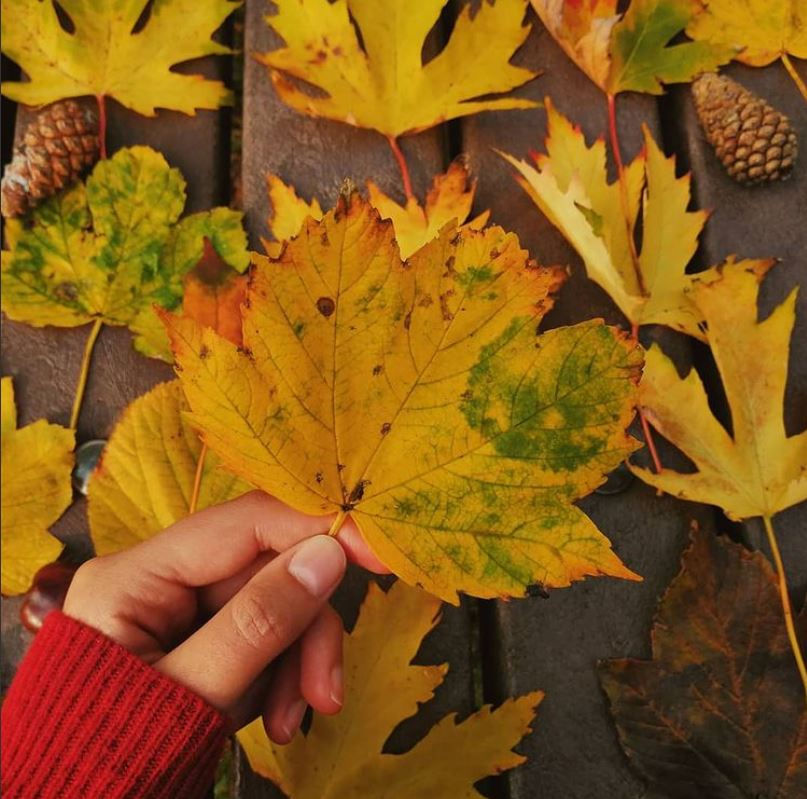TANNINS... WHAT, WHY AND HOW? using tannin to mordant cellulose fabric.
- Laura Casa Caribe

- Oct 29, 2021
- 3 min read
Tannins? When you start digging more into the world of natural dyes, you will step over and over again with the word tannin. You will find phrases like: "you need to use a tannin bath before mordanting", or "a plant is rich in tannins", or "the tannins are what makes the fabric black when iron particles are present". But, what exactly is tannin? Why do we use them to mordant and how to use them? to understand all of this let's start with
What exactly is tannin?
A tannin is a phytochemical produced by plants to deterrent herbivores and insects; The tannin gives a bitter and astringent taste to some fruit, leaves and barks; Tannin is also responsible for the dark brown colour the leaves take at the end of autumn.
Some plants have a higher concentration of tannins, for example, oak and sumac trees.

Why do we use them to mordant fabric?
Tannins are a significant component in the mordanting of cellulose fabric.
Since cellulose fabrics (like cotton and linen) don't create a strong bond with the dye particles and the Aluminum acetate; We used tannins to build an insoluble bond between the fibre, the dye and the mordant agent.
First, the tannins form a weak bond with the cellulose fibres later the aluminium salts form a bond with the tannins; When we apply the dye the colour will attach to the tannin-alum bond.

Where to find them?
You can use tannin concentrate extract, which is easily found online in specialist stores.
But the best part is that you can use local plants, for example, oak leaves or cone pines. Crush the leaves and extract the tannin like when you extract the colour to dye. Then apply this solution in the following way:
How to apply a mordant bath?
you will need
your fabric and the WOF when dry ( weight of the fabric)
10 % of the WOF in tannin extract or 25% in plant material that contains tannins (like oak leaves)
Plastic or stainless stain vessel
Scale
Long-handled wood spoon
Small spoon
Glass jar
Rubber Gloves
Hot Water ( 45° C )
Step 1
Fill the plastic vessel with hot water, add the tannin solution and stir until is dissolved.
Step 2
Place the fabric inside the bath, make sure is completely immersed and that they are no air bubbles.
Step 3
Let the fabric soak for 1-2 hours, always moving to ensure even absorption of the tannin.
Step 4
Let the fabric in the bath until is completely cold, then remove the fabric using rubber gloves ( tannin can cause an astringent sensation when in contact with the skin)
Step 5
Save the tannin bath to reuse it.
Step 6
Rinse the fabric very gently, if you want you can use a light centrifuge to remove the water excess, but remember that the bond between the tannin and the fibre is very weak. Don't rinse it too aggressive.
Step 7
Mordant the fabric immediate after the tannin bath, to ensure a higher amount of tannin in the fabric. with time the bond will become weaker.
To mordant, the fabric I recommend using Aluminium acetate...
I know that on my video mordanting 101, I explain how to mordant cellulose fabric with potassium alum, I did this because potassium alum is easier to find, and when you are entering the world of natural dyes you want to use things that you can find on your local supplier. But if you want a better result the process Tannin-aluminum acetate works better with cellulose fabric than only potassium alum.



Comments